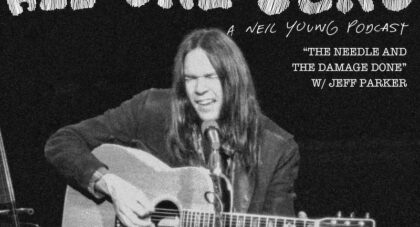This is the story of taking mushrooms, unintentionally playing a record mastered for 45 RPM at 33, and discovering its shadow self . . . and then discussing the experience with its architect. Sonic examples, for the curious, included . . .
Only the good shit. Aquarium Drunkard is powered by its patrons. Keep the servers humming and help us continue doing it by pledging your support.
To continue reading, become a member or log in.


